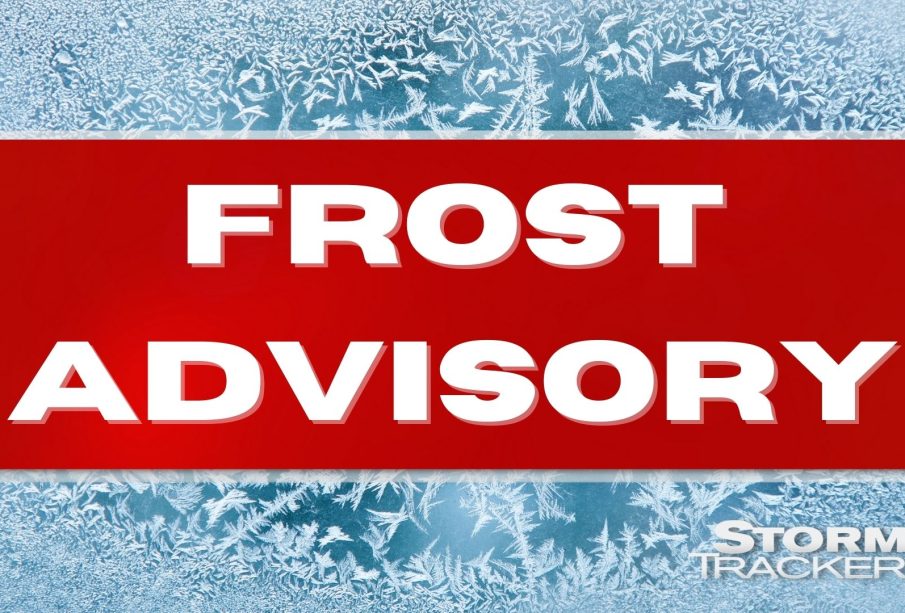Understanding Frost Advisory: Impacts and Safety Tips

Introduction
Frost advisories are crucial alerts that inform the public when temperatures are expected to drop sufficiently to cause frost. These advisories are essential for farmers, gardeners, and outdoor enthusiasts in Canada, especially as temperatures begin to fall in the autumn months. With changing climate patterns, understanding frost advisories has become even more relevant, as they can significantly affect agriculture, outdoor activities, and even transportation.
Current Situation
As of October 2023, various regions across Canada, particularly in the Prairies and Northern Ontario, are under frost advisories due to an early cold snap that has brought temperatures down to near or below freezing. According to Environment Canada, these advisories indicate that temperatures could fall to 0°C or below, creating conditions ripe for frost formation during the night and early morning hours. For farmers, this poses a serious risk, threatening late-season crops that may not be frost-resistant.
In urban areas, residents are advised to protect sensitive plants and take precautions such as bringing in patio furniture and covering any delicate vegetation to avoid damage from unexpected frost. Motorists should also be alerted to potential hazards related to iced road surfaces in affected regions.
Impacts and Safety Measures
The impact of frost can vary widely based on its timing and severity. Late-season frost can devastate crops such as tomatoes, peppers, and certain leafy greens, which are not yet harvested. From a broader perspective, frost advisories play a vital role in agriculture by helping to mitigate losses. Farmers are urged to harvest their crops preemptively when warnings are issued to ensure they do not suffer any economic loss due to unexpected frosts.
To stay safe during frost conditions, citizens are encouraged to: maintain awareness of weather forecasts, utilize weather apps for real-time updates, and subscribe to local alerts. Also, there are specific recommendations for gardeners—like applying protective coverings to vulnerable plants and checking local plants’ needs for frost protection.
Conclusion
Frost advisories act as an essential tool for preparedness among Canadians, particularly those in agriculture and outdoor activities. As climate variability continues to shape weather patterns, awareness and understanding of these advisories are more important than ever. Looking ahead, individuals should remain vigilant as frost can occur unexpectedly, and staying informed can help mitigate risks associated with cold weather. As we move towards winter, being proactive about frost preparedness will be crucial for protecting crops, personal property, and safety.









